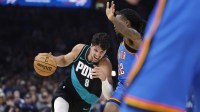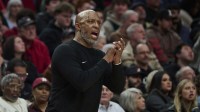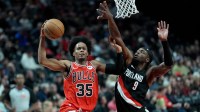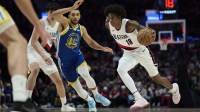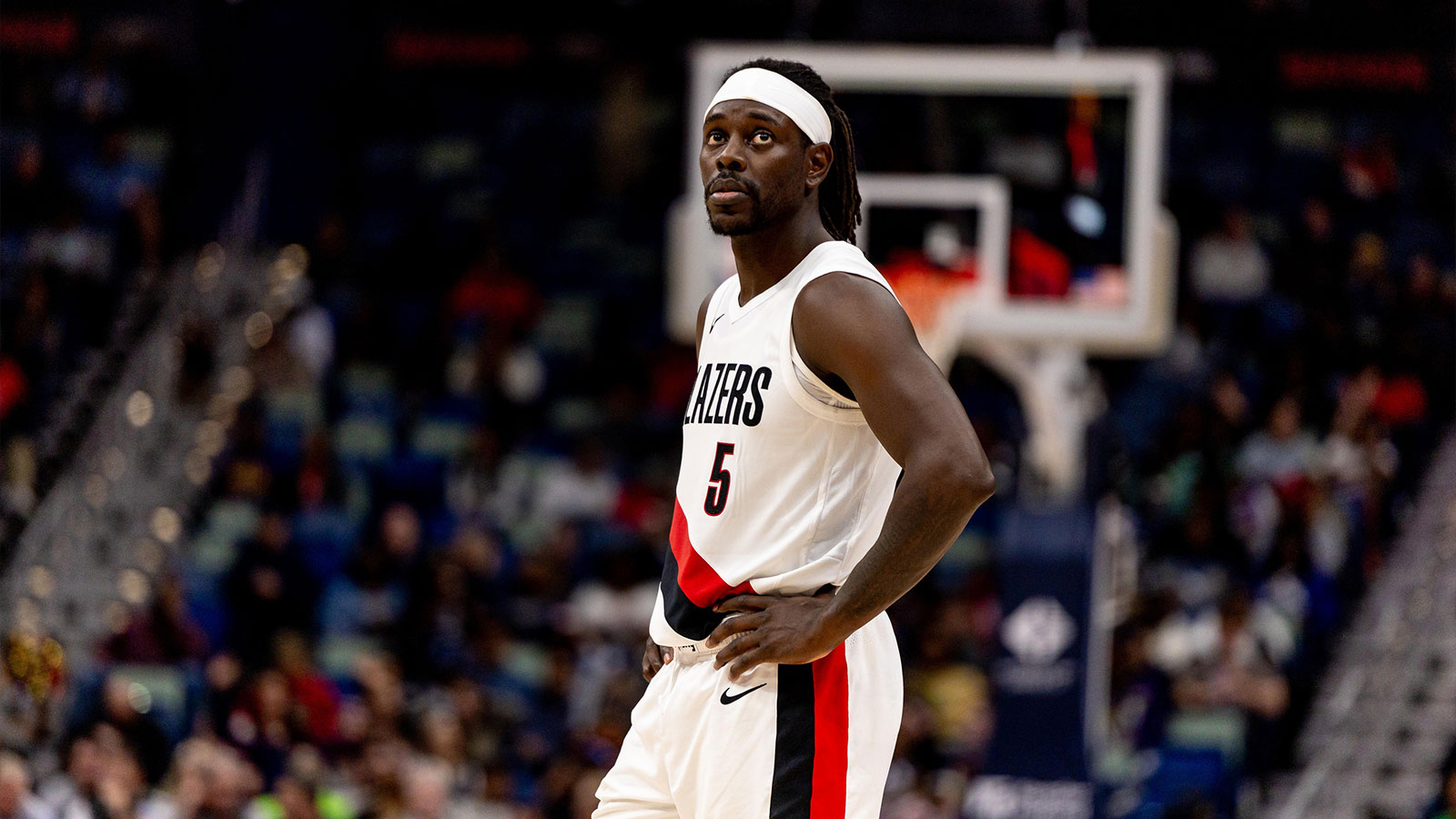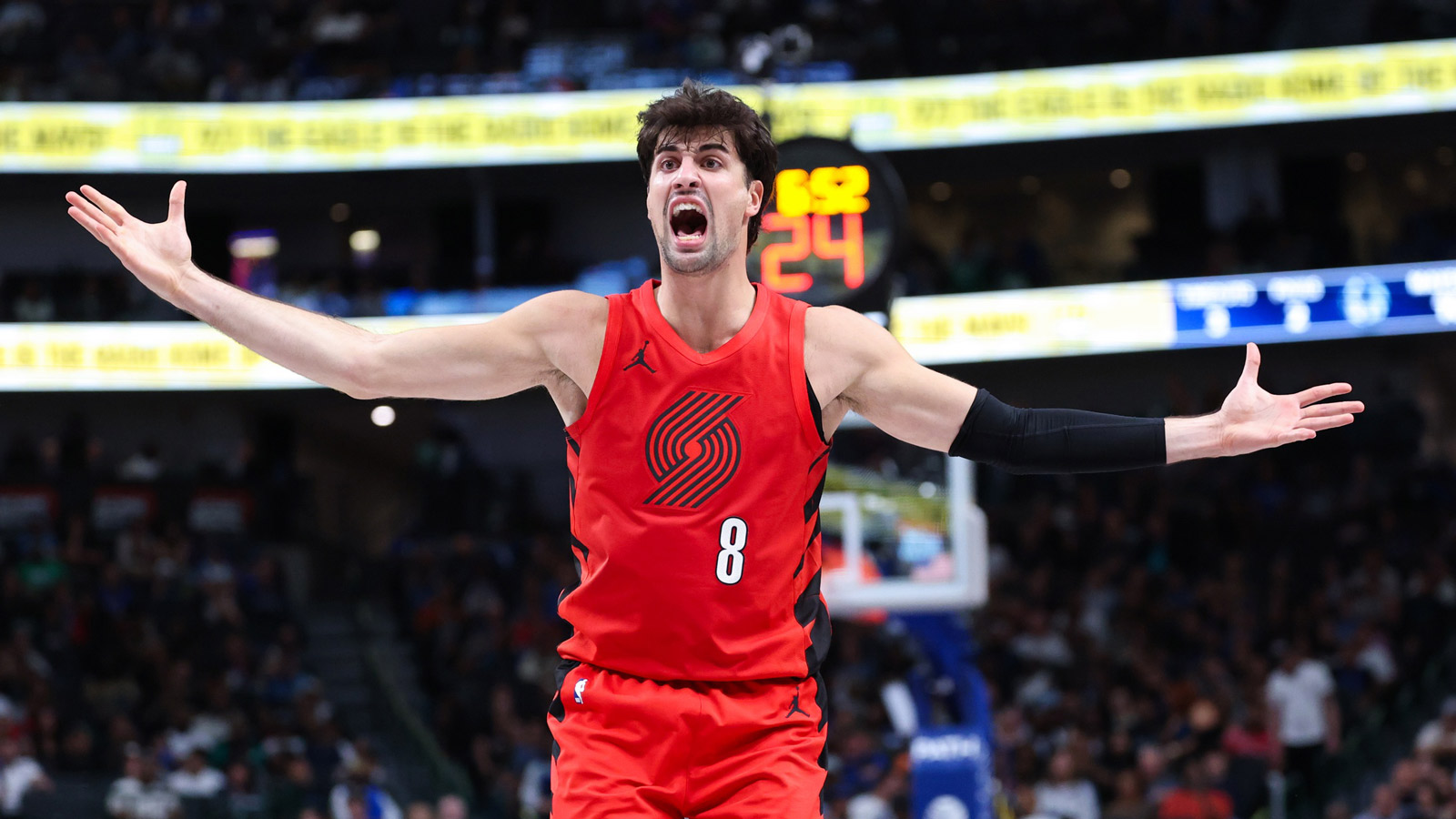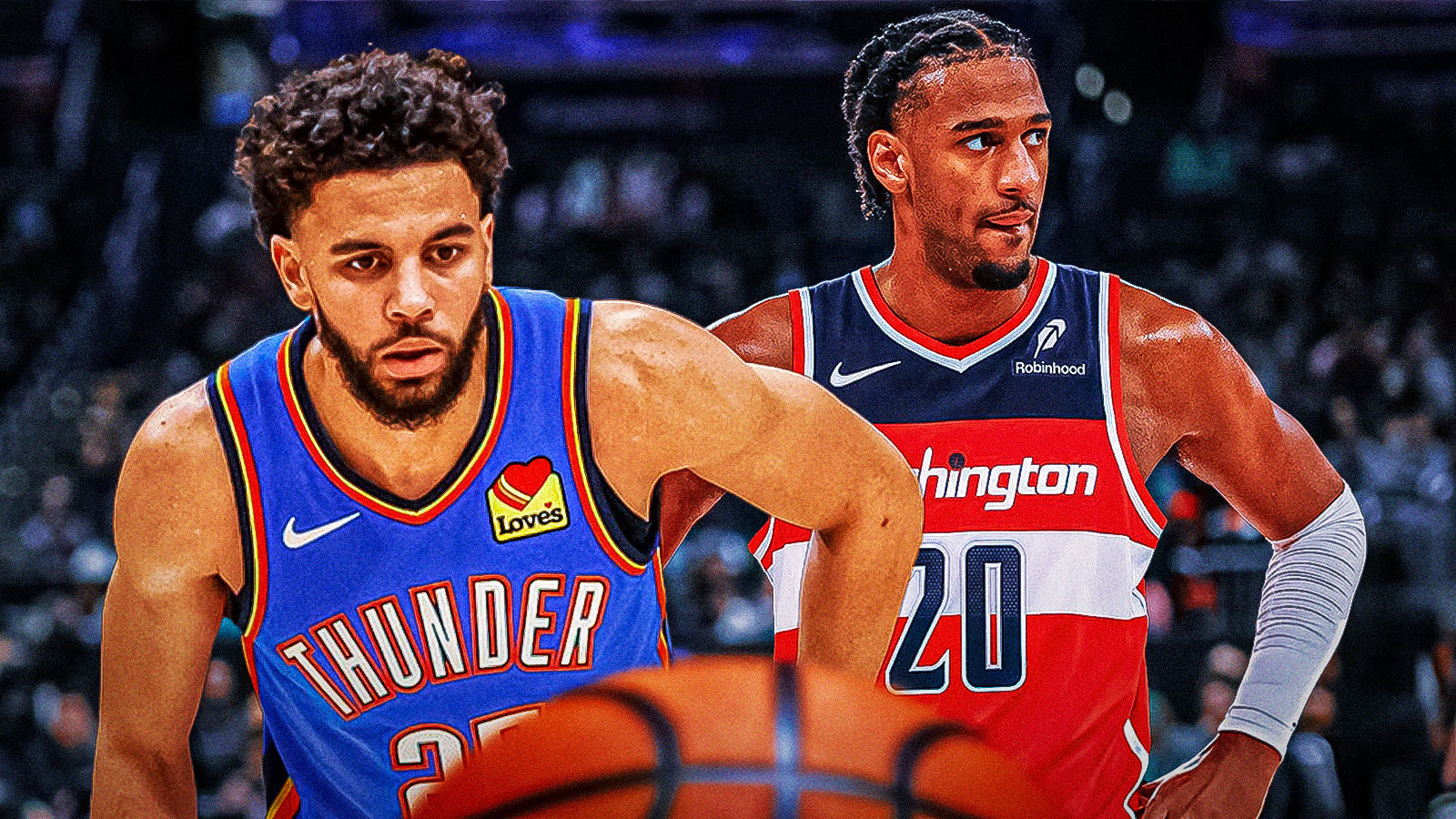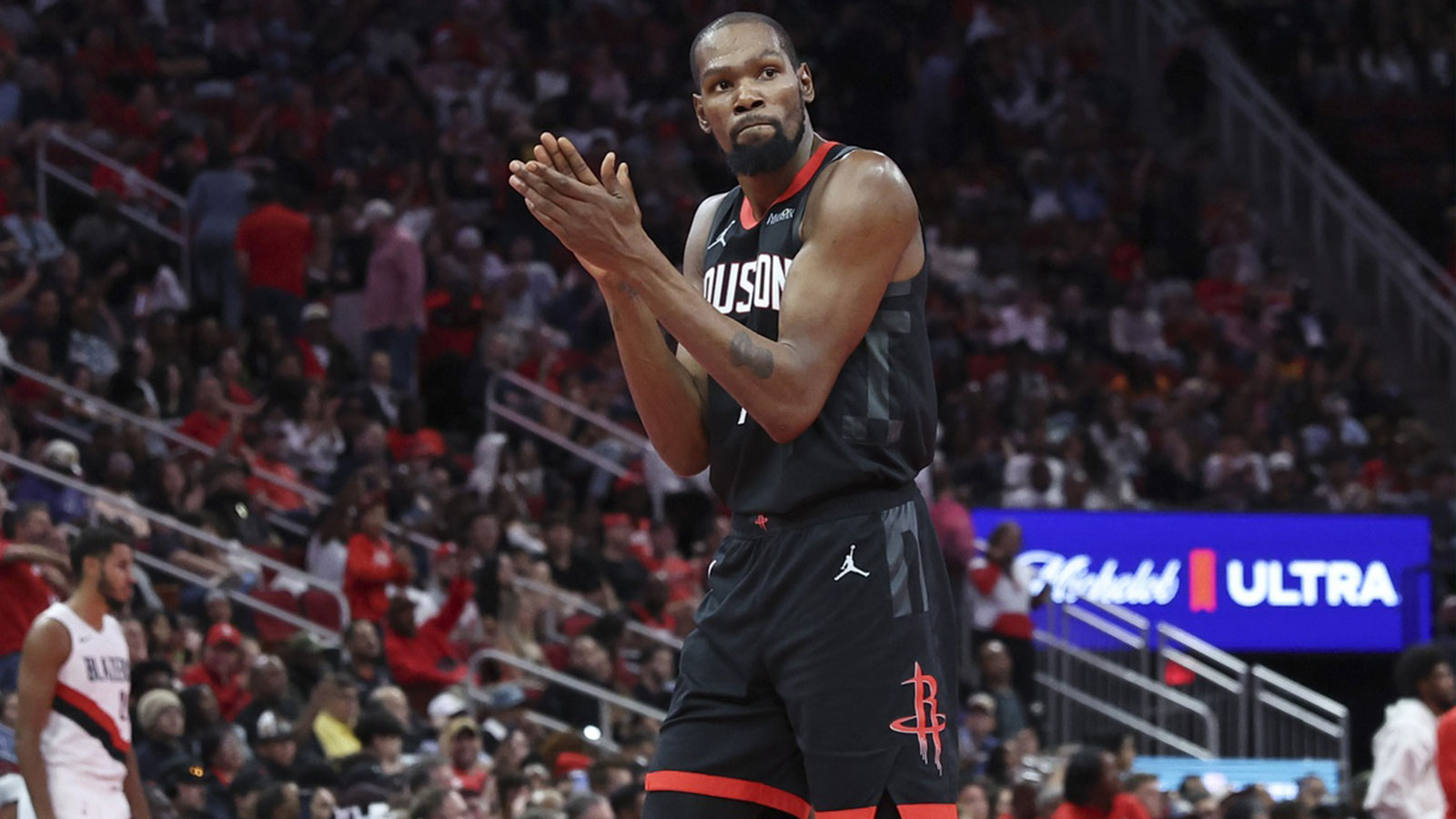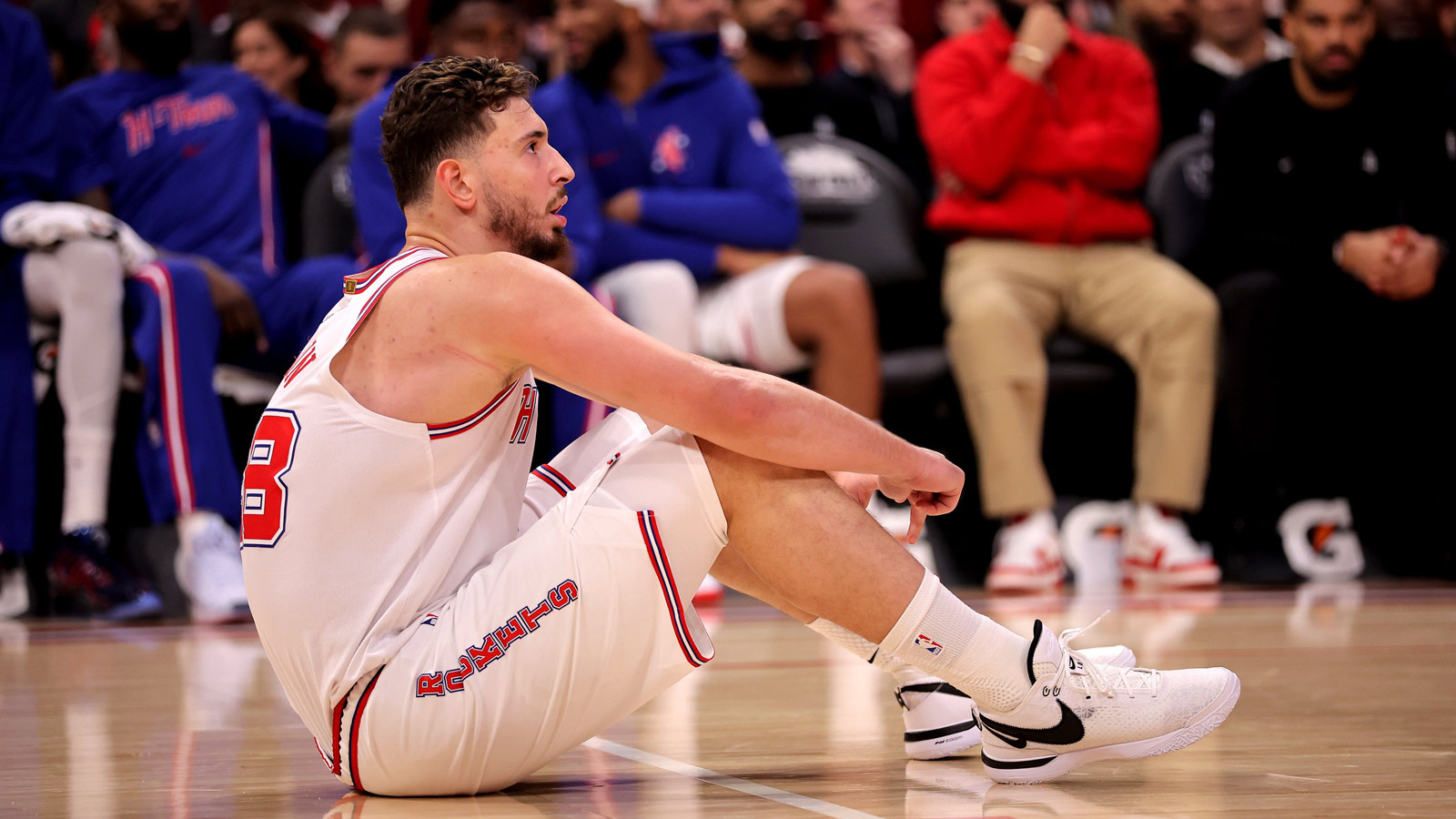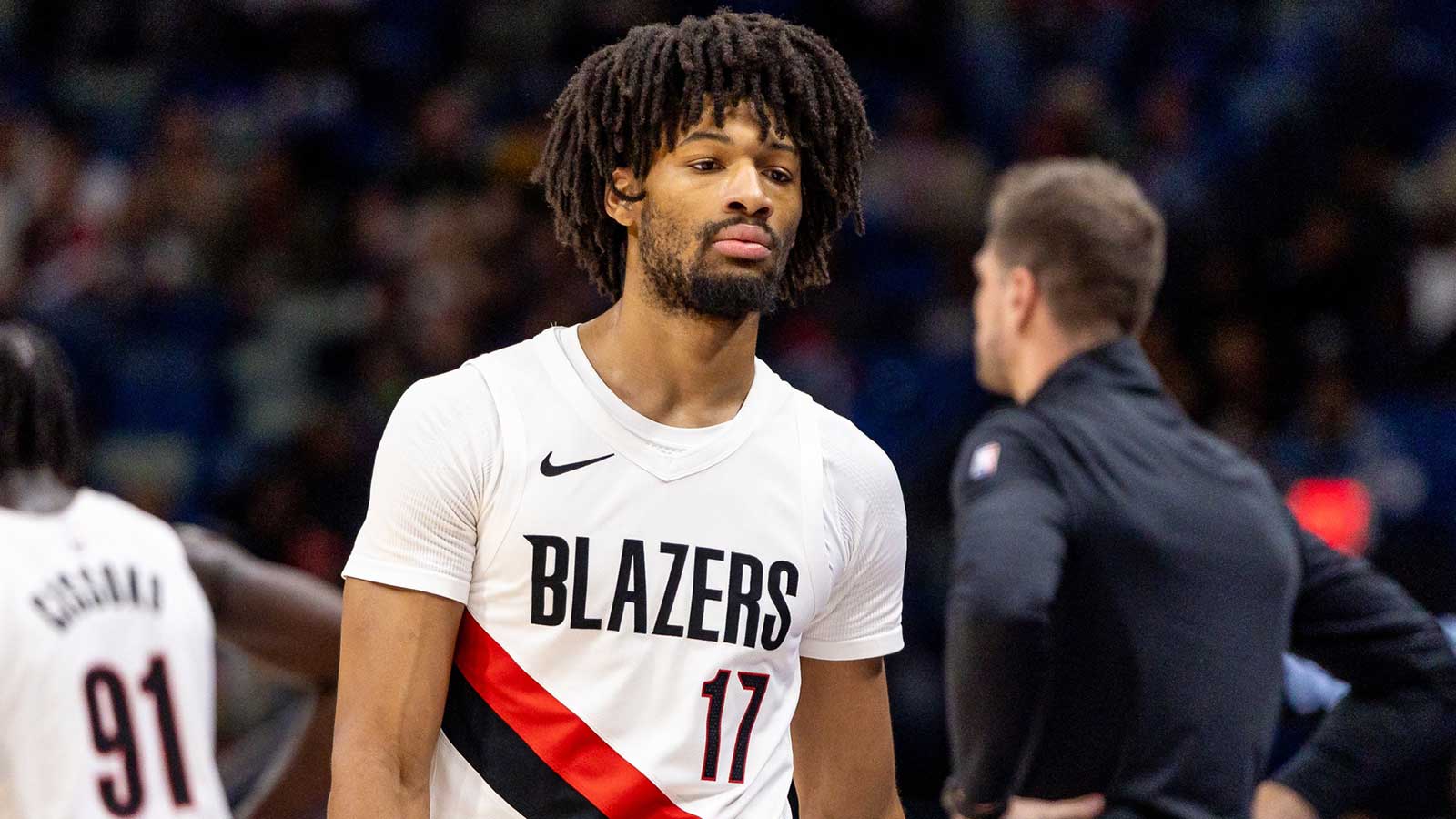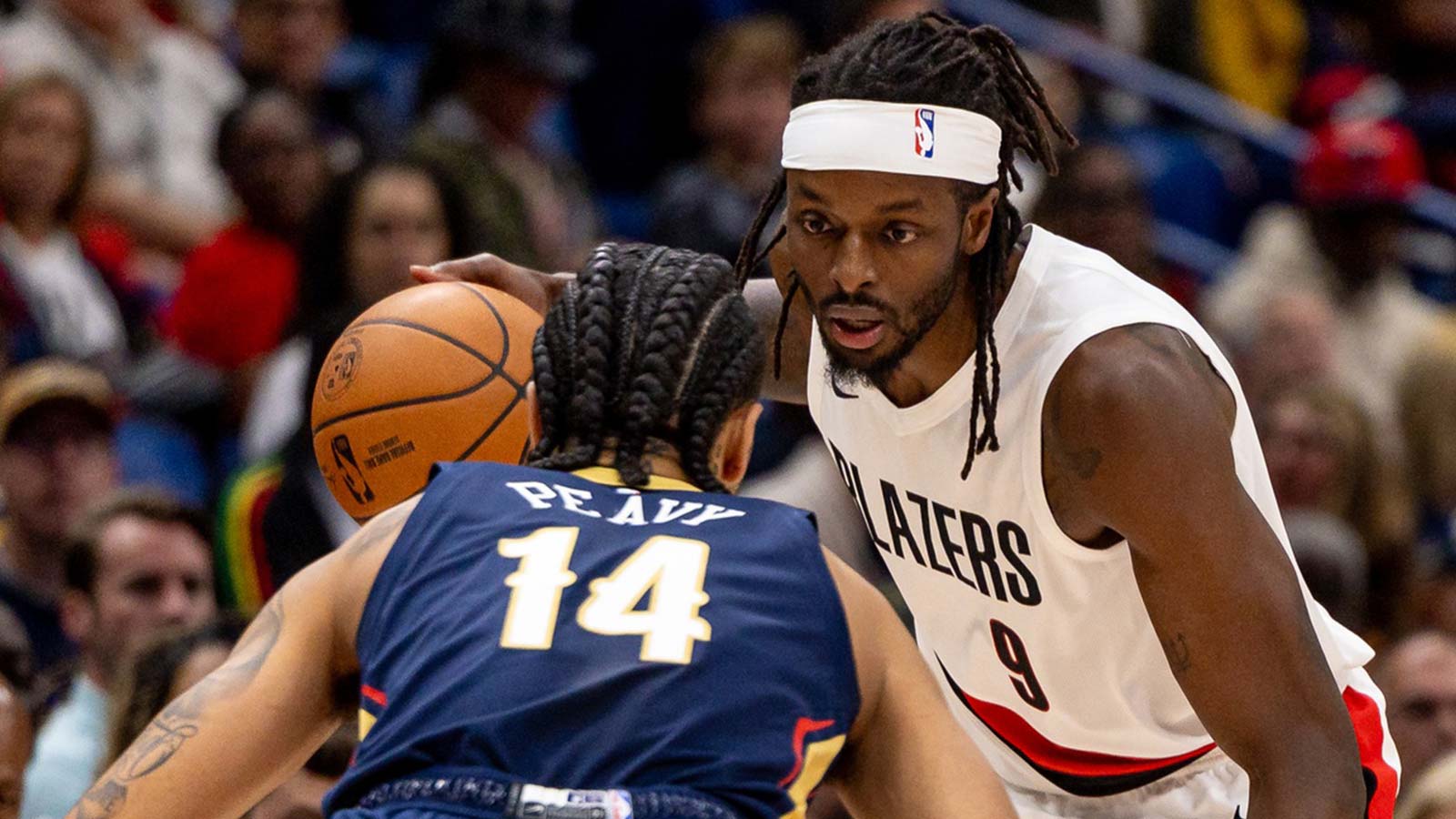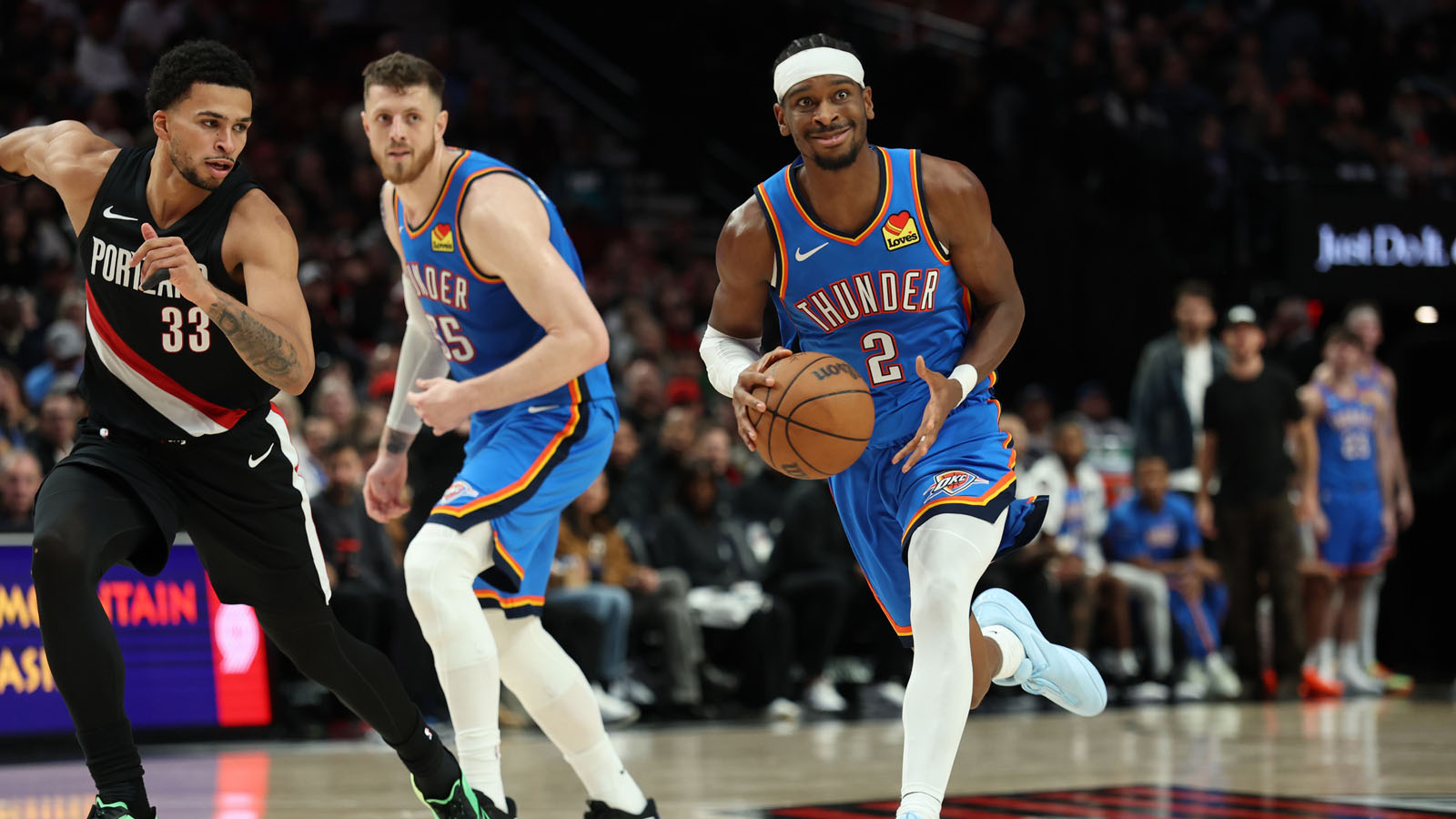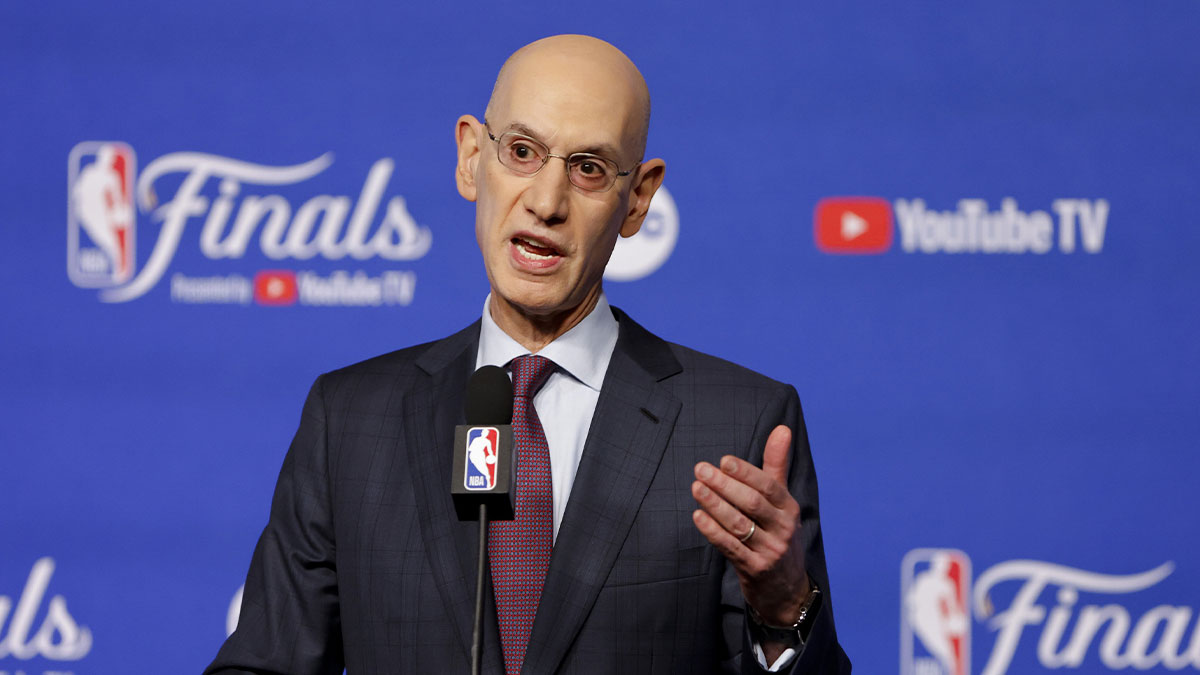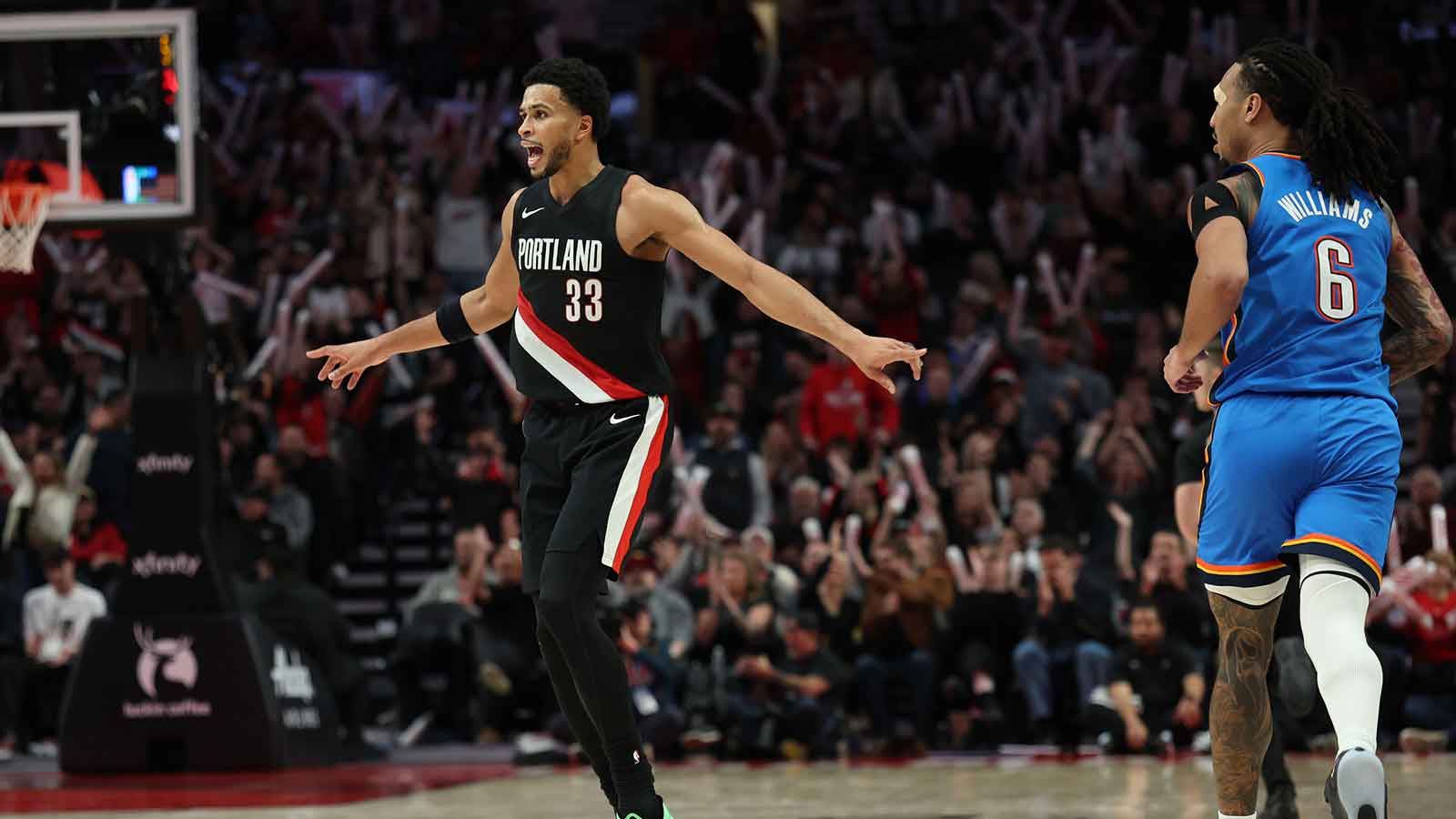It took Damian Lillard over a full month into 2021-22 to be named Western Conference Player of the Week for the first time. What a slacker. The Portland Trail Blazers superstar earned the honor after leading his team to a perfect 3-0 record last week, averaging 28.1 points and 8.3 assists per game with a solid true shooting percentage of 61.0.
Rip City knows what the rest of the basketball world is only just learning: Lillard's alarming early-season slump is over. Here are three surefire reasons why.
‘Logo Lillard' is back
To be clear, Lillard's been rising from the nadir of his career-worst struggles since before last Monday. He's averaging 26.4 points, 4.1 rebounds and 7.3 assists over his last seven appearances, shooting 38.2 percent from three on nearly 10 attempts per game—the latter of which is by far the clearest sign Lillard's overcome his season-starting labors.
After dropping a season-high 39 points and five threes on the Philadelphia 76ers on Saturday, Lillard clarified that while his jumper is getting “better and better,” it's still not “completely in form.” The eye test has recently suggested differently.
Lillard just wasn't making these shots during the first three weeks of the regular season.
Those bombs aren't actually from the logo, but support the notion that Lillard's found his deep shooting stroke nonetheless—just like the numbers.
Lillard went just 1-of-6 from 30 feet and beyond in Portland's first nine games, per NBA.com/stats. He's 4-of-14 ever since, evidence of mounting accuracy and confidence from one of basketball's all-time shot-makers that should worry the rest of the league.
Relentless, explosive attacking
Lillard's jumper is indeed rounding into that “complete form,” but that hasn't stopped him from attacking the rim with even greater emphasis over the last two weeks of play. He's averaging 14.7 drives per game dating back to Portland's blowout win over the short-handed Los Angeles Lakers on November 6th, shooting 51.2%, per NBA.com/stats.
Both those marks are slight yet telling improvements compared to the first three weeks of the regular season, when Lillard—who will be fighting that nagging lower abdomen injury until summer, remember—seemed a half step slower than he's looked of late.
It's not easy to straight-up dust Scottie Barnes.
This is as much verve and explosiveness he's shown moving off the ball all season.
An under-discussed national factor of Lillard's early woes was an obvious lack of burst compared to his recent norm. As Chauncey Billups reiterated multiple times on the postgame podium after his superstar struggled, it's still too early to be concerned about Lillard's age. He's just 31, and was clearly in his physical prime just a season ago.
The pain Lillard feels from his core injury will wax and wane in 2021-22. As he indicated after Saturday's game, though, he's getting more comfortable playing with it.
Growing comfort and continuity
Lillard admitted after Portland's loss to the LA Clippers on November 9th that he was still adjusting to how the game is being officiated. In his opinion, referees are taking rule changes intended to curb “abnormal” motions from foul-seeking offensive players too far, letting defenders get away with illegal contact on normal basketball plays. Lillard went so far as to call officials' interpretation of the changes “bulls***.”
Just like he never used his core injury as an excuse for his slump, though, Lillard did the same while critiquing the refs. The only shift from this season to last that he's actually copped to affecting his performance? Playing under a new coaching staff for the first time in his decade-long career—and specifically the challenges of having to think on the floor instead of relying on repetition and instinct.
“It's challenging when you're having to play hard and you're having to remember what you're supposed to be doing while you're doing it,” Lillard said following Saturday's game.
But as Portland gains experience playing in Billups' system, he can feel both himself and his teammates better managing the mental-physical balancing act.
“That was a little more taxing than it typically would be, and I think because we're getting more comfortable with what we're supposed to be doing and what our jobs are, it's taking less out of us. That's what I see because I can feel it on myself,” Lillard said. “At first it was like, my first nine years coming down the court, I can think of 25 different plays off the top of my head to call and why I need to call it against what the defense is doing. And now, the first 10,12, 15 games of the season, I'm dribbling the ball up the court trying to think like, ‘What could I call right now against what they're doing?' because I'm trying to remember all the sets that we have off the top of my head. That takes time. Stuff like that, it wears on you, and I just think we're getting more comfortable with that.”
The Blazers' 115.0 offensive rating since that win over the Lakers is third-best in basketball, per Cleaning the Glass. C.J. McCollum and Anfernee Simons have been piling up bricks over that timeframe, and Portland is shooting 34.2% from three as a team.
Regardless, you can definitely see the Blazers, led by Lillard, beginning to play the way Billups envisions on a more consistent basis. They're bound to get better from here.


